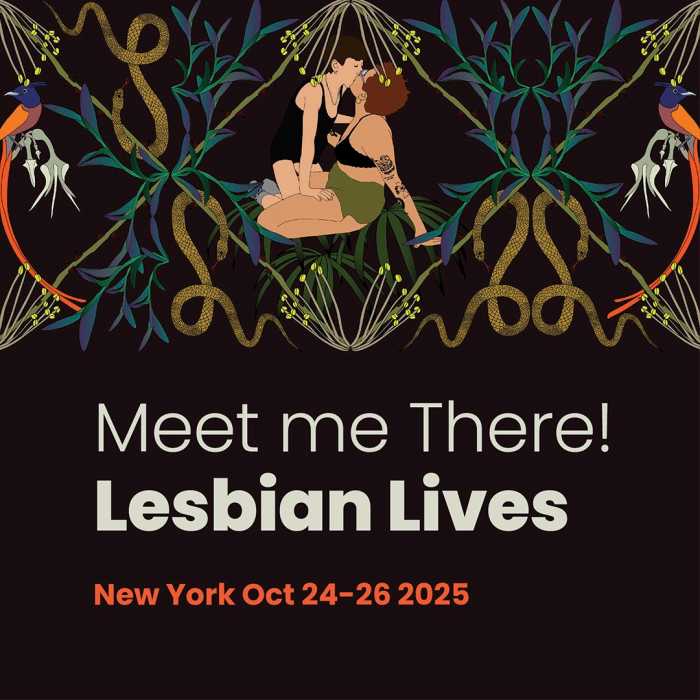Robert Watts’ lasting cultural conflations
Robert Watts, a member of the fluxus movement, passed away in 1988, but his irrepressible spirit is present in a lively exhibition of his work, “Art on Art.” Currently on view at Leslie Tonkonow in Chelsea, this show combines the agile playfulness of fluxus, the intellectual crunch of conceptualism, and the punch of pop. Each work contains a morsel of humor or curiosity—a ‘ha’ or ‘aha’ moment, and sometimes both.
The title plainly describes some of the tool-based pieces, such as carefully framed drawing implements and colored leads. But in a turn of phrase, it also sums up broader ideas about art. “Addendum to Pop” (1964), a matrix of 60 documents from the U.S. Patent Office, shows Watts’ attempt to copyright “pop art.” Each delivers a zinger akin to blowing a bubble until it, well, pops, such as “Can-a-Pop” and “JIFFY POP.”
Watts’ methodic, and in this case fairly exhaustive, process reflects his training as an engineer. Another work features the word “manifesto” in fancy type, mounted and framed, putting forth either a neat exercise in graphic design, or an entire way of thinking that could alter the path of humanity. Take your choice.
Watts tweaked the concept of art as commodity. In “Signature Baseballs” (ca. 1970), each baseball in a pyramidal stack bears the signature of a famous artist, which on an original artwork would mean riches, but here are merely misplaced doodles. Ingres’ John Hancock is made both disembodied—meaningless—and MOMA Store-irresistible in hot red neon. And the potent diorama “.45 Caliber Bullet Entering Lightbulb” (1987) giddily illustrates—and commodifies—an unseeable phenomenon as it conjures questions about why and how.
“New Light on West Africa” (1976), a series of chromed African sculptures, presages 1980s neo-pop and serialism. Tension resonates between the presumed unique, hand-carved quality of the originals and the potential for mass-produced, mechanically cast multiples. Is the meaning of these objects reiterated and strengthened, or stripped away completely?
Watts’ “Tree-Wind Paintings” (1983) further explores process and the question of authorship. He lashed felt-tip pens to tree branches so that they traced the movements of the wind onto practice range targets. The results are highly energized scritches that mock the dogmatic surfaces they decorate, evocative of Twombly’s repeating marks or Pollock’s drips. The process recalls Warhol’s Factory, where others executed artworks once the original elements were decided upon. “For Alice” (1965) is a silly, sweet gesture—a trio of elegant wooden sculptures turn out to be boxes for a carnival-prize plush snake that sassily sticks out its tongue.
Perhaps Watts’ spirit truly was present at the start of the show. On its second day, “Venus. Hot. Intermittent.” (1986)—formed of a wire element that was supposed to glow red hot intermittently—caught on fire, leaving shrouds of smoke on the wall, and chopped-apart sheetrock. At Watts’ friend and executor Larry Miller’s request, the gallery has chosen to leave the relics of this impromptu, beyond-the-grave performance intact. It’s what Watts would want… or is he still at work?
gaycitynews.com



































